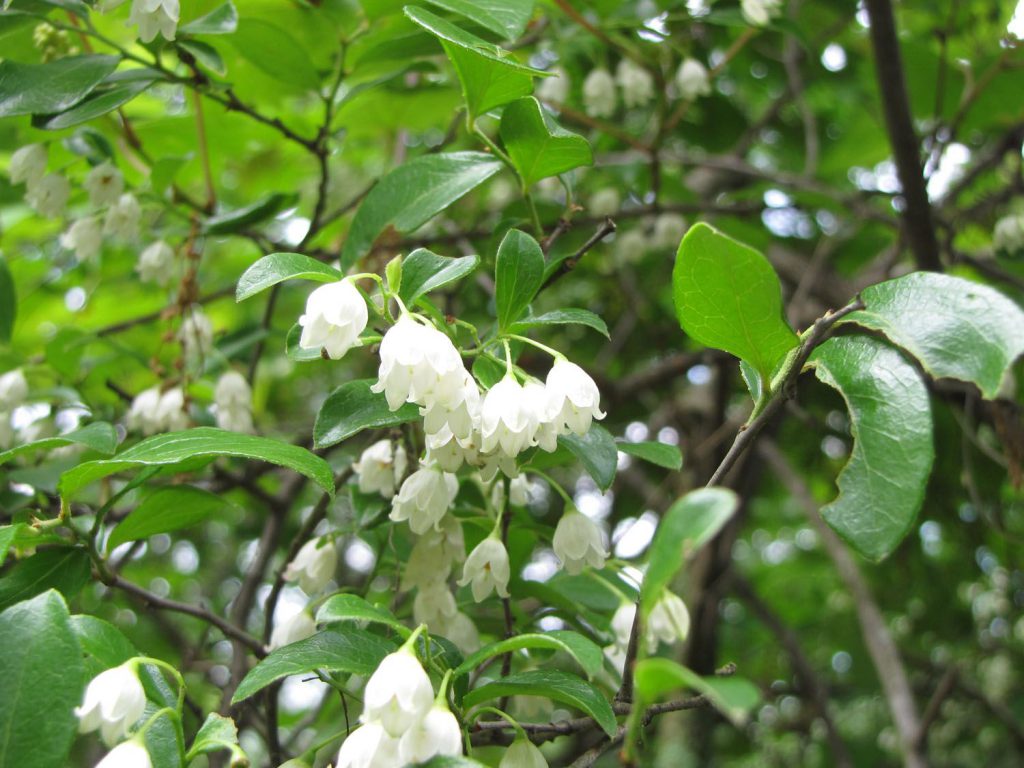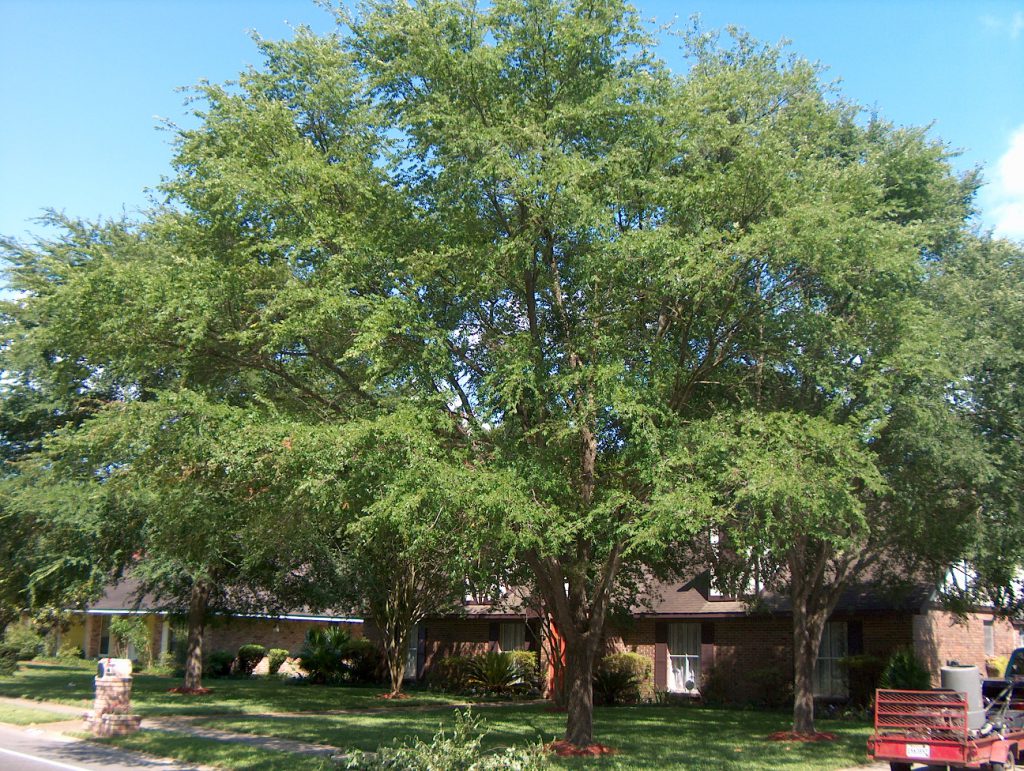Introduction
It is Independence Day! American flags are flying, and the colors of fireworks will soon fill the night sky. Another way to celebrate Independence Day, other than watching your favorite Will Smith and Bill Pullman flick, is to think about your landscape. Our country is wonderfully diverse and just like our country, our landscapes greatly benefit from diversity. In the final article in the “Diversify the Landscape” series, we will discuss some great unique trees that can be included in your landscape.
Adding a diverse selection of trees to your landscape improves your landscape aesthetics, but significantly improves the environmental benefits landscapes provide. As always, it is important to include the disclaimer that this list is not a selective list of plants. By following the Florida-Friendly Landscaping Program’s first principle, “Right Plant, Right Place”, your plant selection list is nearly limitless. In today’s article, we will explore the Yaupon Holly, Sparkleberry, Pindo Palm, Winged Elm, and Red Buckeye.
Yaupon Holly (Ilex vomitoria)
The Yaupon Holly (Ilex vomitoria) is one of my favorite native trees. Capable of being planted throughout the northern portion of the state (to USDA Zone 9b), the Yaupon Holly provides numerous environmental benefits. It provides shelter and food for many bird species. Aesthetically, it has small, fine-textured leaves and produces showy red fruits and inconspicuous white flowers. This specific holly is very important to Florida’s Native American tribes. The tree was commonly used as a medicinal tea, which can induce vomiting (hence the species name of ‘vomitoria’).

Sparkleberry (Vaccinium arboreum)
Sparkleberry (Vaccinim arboreum) is in the same genus as blueberries! Although this tree does not produce the tasty blue gems we love, it creates a wonderful landscape specimen. Plant your Sparkleberry in full sun to partial shade and in well-drained soils. Although this tree can be hard to find in nursery stock, it exhibits showy fall colors and produces showy white flowers in the springtime that look like little bells.

Pindo Palm (Butia capitata)
Want a palm for your landscape that is not a Cabbage Palm? Try the Pindo Palm (Butia capitata). The Pindo Palm is our most cold-tolerant palm. It can survive temperatures down to five degrees. Plant your it in full sun to partial shade landscape, but its best quality is its fruit. Pindo Palm is also referred to as Jelly Palm. In the summer, the Pindo Palm’s yellow fruits mature and can be made into jelly. The Pindo Palm can be messy when it drops its fruits. Keep it planted away from sidewalks and driveways to keep those areas clean.

Winged Elm (Ulmus alata)
A Winged Elm (Ulmus alata) is a native deciduous tree. The Winged Elm is a larger tree, getting upwards of 70 feet tall and 40 feet wide. When given enough space in a landscape, the Winged Elm becomes a wonderful shade tree and provides great aesthetic value to the landscape. It gets its name because of the corky, winged shape protrusions along its stems. Plant this elm in full to partial shade, but is rather adaptable to different soil conditions. You’ll need to prune regularly during the first few years in your landscape to help maintain a good structure, but this is an outstanding plant!

Red Buckeye (Aesculus pavia)
Lastly, the Red Buckeye (Aesculus pavia). This shade-loving tree resides only in the northern part of the state but creates a wonderful structure and provides striking landscape aesthetics. This is a small tree, growing approximately 20 feet tall and 25 feet wide. The tree attracts many pollinators and its leaf, flowers, and seeds are showstoppers! Do not expect flowers for the first couple of years. As an important note, do not eat the fruit, it is highly toxic.

Conclusion
Adding diversity to our landscapes provide higher aesthetic and environmental value. As we conclude the “Diversify the Landscape” series, always know that a diverse landscape is a happy landscape. Also, whether you diversify your landscape with groundcovers, annuals, perennials, shrubs, or trees, always know that UF/IFAS Extension and the Master Gardener Volunteers can help you! And as always, I’m rooting for you.
Other Articles in the Diversify the Landscape series
Landscape Annuals and Perennials
Interested in more gardening-related blogs or following Alachua County’s MGVs on Social Media? Check out the additional links from Dr. Clem.
UF/IFAS Alachua County Extension Master Gardeners, Facebook Page
UF/IFAS Extension Alachua County YouTube Page
 0
0
